We talked a lot about at around here last month. There are plenty of reasons to eat animal fats. One of my favorite types of fats is beef fat. Rendered fat from grass-fed cows is an extremely nutritious food, high in omega 3 fatty acids. Beef fat is high in niacin, vitamins B6, B12, K2, selenium, iron, phosphorus, potassium, and riboflavin. Fat rendered from grass-fed cows is a regular part of our family’s diet.
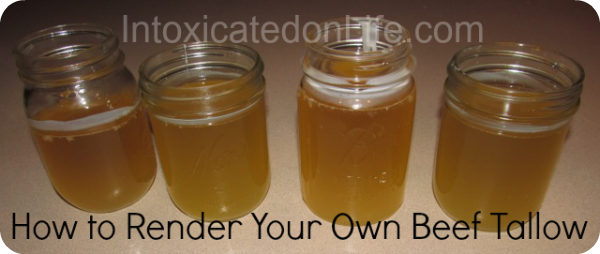
If you purchase grass-fed cow (or know someone who does), be sure to ask the butcher to save the fat so you can render tallow.
Step-by-Step: Rendering Tallow in the Oven
When you render any fat, be it lard or tallow, you need to make sure you allocate enough time for the job. It is not a hard task, but it is a time-intensive task (most of the time being passive time).
Chop up your beef fat into small pieces, taking off any left-over meaty pieces the butcher may have missed. The smaller you cut your pieces the more quickly the process will go.
Place all of your fat in a roasting pan and add approximately 1/3 cup of water for every pound of fat. Eventually the water will evaporate, but in the meantime it will keep the fat from sticking to the pan before the fat begins to melt.
Place your roasting pan, uncovered, in an oven set at 250⁰ F. After 30 minutes in the oven, stir. Stir again after 45 minutes, and once every hour thereafter.
Eventually your tallow will begin to darken. When this happens, remove the pan from the oven and strain the fat. You can strain the fat using a cheesecloth, or if you’re like me and have no cheesecloth sitting around you can make do with coffee filters.
Place the solid pieces back in the roasting pan and into the oven to continue to render. Continue to stir every hour until you’ve rendered more fat. Strain again and place the remaining solid pieces in the oven. You can continue this process until only dark bits remain.
It’s important to render your own fat because then you know exactly how the process was done. You know the fat has not been hydrogenated, bleached, deodorized, and has no added undesirable ingredients.
We’ve been fed myths about cholesterol and dietary fats for too long, so it can be difficult to to break the fear of fat. Don’t be scared of animal fats! They will do your body good.

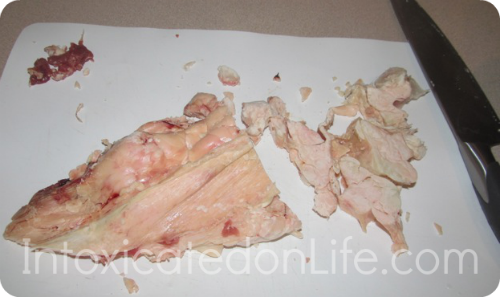

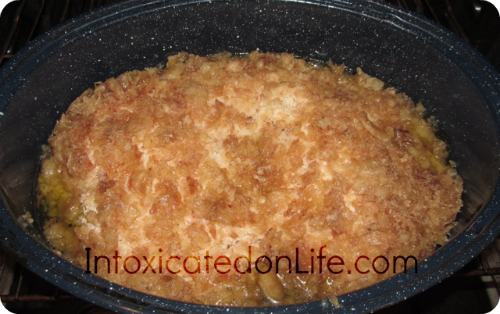
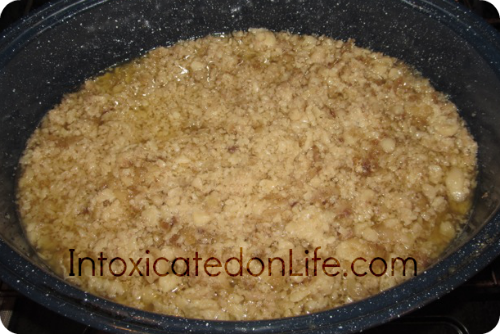
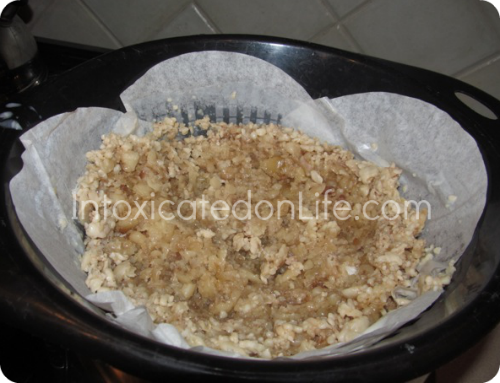
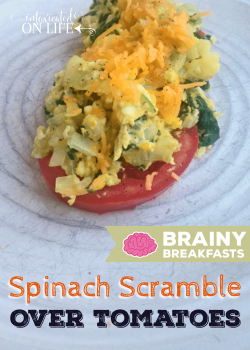
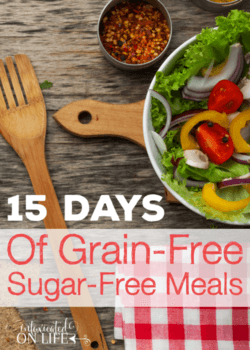
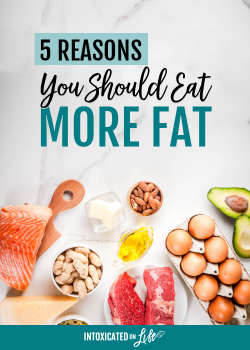


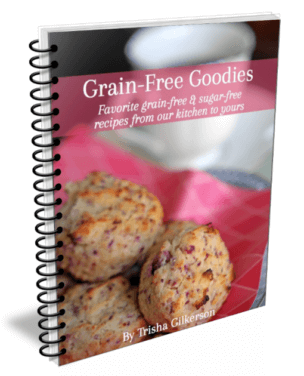
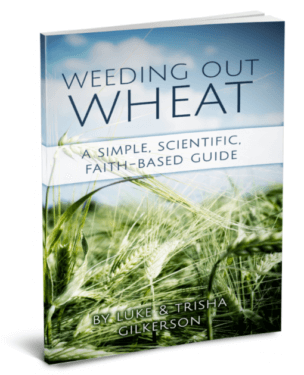
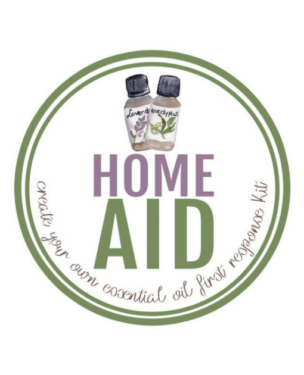

The next time we buy cow I am *SO* doing this! Would you happen to know if I could render fat from wild game as well? I’m pinning this!
I believe you can render fat from any animal!
Technically you can render fat from any animal however fat from deer / elk / moose need a higher heat to melt than beef or pork fat so it is difficult to use it in the same way you would beef or pork fat.
from my experience you can’t use the hard fats. when i was very young i remember my mom’s first try with a venison meal. she didn’t trim it and all the fat adhered to the roof of my mouth. just like when you stick your finger in hot wax and it coats your finger. i went into the bathroom and used mounds of tissues to scrape the fat out of my mouth! 😝 save it for the birds!
How can I print your posts like this one so I can put it in my recipe files? I have just stumbled upon your blog and was up till 2 am last night reading and searching. I was diagnosed with Celiacs disease and my eldest put himself on the diet 2 years ago. I will be getting all my boys tested and this is the year to really change the way we eat in my family. Cutting out sugar will be the hardest! And breads for my other boys, but I am ready to learn how to substitute other foods. Thanks for all you have shared with us here!!
There are a couple ways to go. Either just print the web page as you see it, or copy and paste the portions you want into a document and print that document. I’m glad you find these recipes helpful! The actual recipes (this is more of a tutorial, not a recipe) have a hand print feature built into the post.
How is the rendered fat stored? Should it be refrigerated? Can it be frozen?
Thank you for all your shared knowledge ~ I’ve been making these changes in my life for health reasons and such, still learning and grateful for all your taechings ~
Blessings ~
Hi Nancy,
If I render a lot of it, I typically store it in pint size mason jars in the freezer. I pull one out at the time and usually stash it in the fridge. Technically, it should be fine sitting on the counter for quite some time. Hope that helps!
Hi Trisha.
How do you store the rendered fat?
We freeze it in jars.
👍